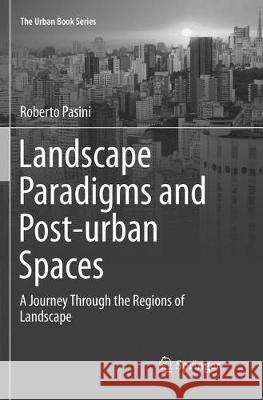Landscape Paradigms and Post-Urban Spaces: A Journey Through the Regions of Landscape » książka
topmenu
Landscape Paradigms and Post-Urban Spaces: A Journey Through the Regions of Landscape
ISBN-13: 9783030085643 / Angielski / Miękka / 2019 / 226 str.
Landscape Paradigms and Post-Urban Spaces: A Journey Through the Regions of Landscape
ISBN-13: 9783030085643 / Angielski / Miękka / 2019 / 226 str.
cena 421,13 zł
(netto: 401,08 VAT: 5%)
Najniższa cena z 30 dni: 421,13 zł
(netto: 401,08 VAT: 5%)
Najniższa cena z 30 dni: 421,13 zł
Termin realizacji zamówienia:
ok. 20 dni roboczych.
ok. 20 dni roboczych.
Darmowa dostawa!
Kategorie BISAC:
Wydawca:
Springer
Seria wydawnicza:
Język:
Angielski
ISBN-13:
9783030085643
Rok wydania:
2019
Dostępne języki:
Numer serii:
000789133
Ilość stron:
226
Oprawa:
Miękka











